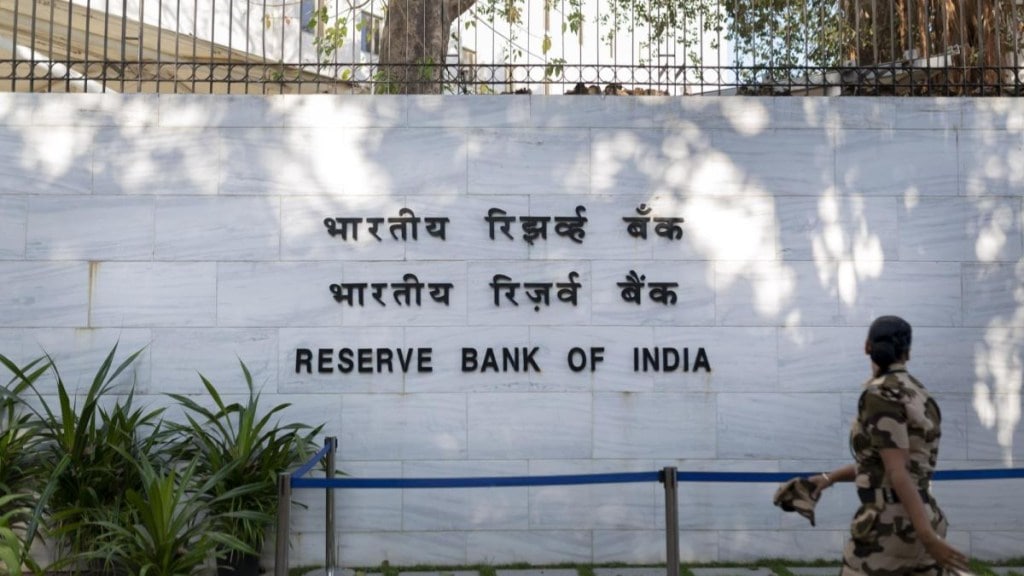The Reserve Bank of India (RBI) has reported a rise in household debt in India over the past three years, though it remains relatively low compared to other emerging market economies (EMEs). As of June 2024, household debt stood at 42.9% of GDP at current market prices.
According to the RBI, the increase in household debt is primarily due to a growing number of borrowers rather than an uptick in average indebtedness per individual. Borrowing by individuals accounted for 91% of total household financial liabilities as of March 2024.
The report identified three primary purposes for household borrowing. The first is consumption, which includes personal loans, credit card debt, and loans for consumer durables. The second is asset creation, covering mortgage loans, vehicle loans, and two-wheeler loans. Lastly, productive activities, such as loans for agriculture, business ventures, and education, also form a significant part of household borrowing.
Interestingly, the report noted that nearly two-thirds of the loan portfolio belongs to borrowers with prime or higher credit quality.
The borrowing behavior varied across risk categories. Subprime borrowers largely took loans for consumption purposes, while super-prime borrowers predominantly used debt for asset creation, especially for housing.
The rise in per capita debt was particularly notable among super-prime borrowers, indicating their growing preference for using credit to invest in assets. In contrast, per capita debt levels among other risk categories have remained stable.
From a financial stability perspective, the RBI found the trend encouraging. The increase in debt among highly rated borrowers, coupled with its use for asset creation, is seen as a positive development that enhances credit quality and financial resilience.
This analysis highlights the evolving borrowing patterns in India, reflecting both increasing financial inclusion and the diverse credit needs of households.
(With inputs from agencies)

